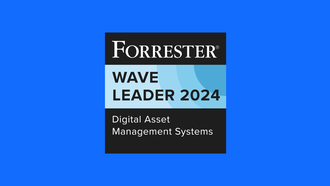Most organizations looking for a DAM have the same general need to store, organize, and share content in a way that enables better centralization, saves time, and cuts down on unnecessary admin. But the functionality of any given DAM platform are often diverse, much like the specific requirements from one client to the next.
So before you start exploring which DAM vendor suits your team best, it’s a good idea to recognize what specific processes you want to improve in your team and pinpoint which DAM features can help solve these pain points. This article will help you identify functional requirements to look out for in a digital asset management solution.
Curious to know if Bynder would suit your DAM system requirements? Book a free demo and one of our DAM consultants can guide you through the features and functionality that may suit your team’s needs, as well as answer any questions you may have—or have a look at our DAM requirements checklist.
Take a step back and think: what content challenges are we frequently facing?
No secure and central space to organize all your team's assets? Long approval processes for marketing materials? Sharing files via back-and-forth emails? Frequently hitting the storage limit? All of the above?
Recognizing where there are inefficiencies in your content lifecycle is the first step in finding a solution. Have a chat with various departments and see what they think. You could even pass around an online form to gather feedback.
Once you've fully identified your content management pain points, you can start to work out how they translate into functional requirements for a digital asset management solution.
Off-brand content being used more than it should?
Do colleagues keep using outdated materials with old branding? Maybe an old video is still being shared around, even though it doesn’t match your product features anymore? It’s a common problem, and one that can be solved with version control functionality that is commonly offered within a DAM. What does it do? Well, once a new version of an existing asset has been created, it can overwrite the old version, so there’s no chance that out-of-date assets are being used.
Is maintaining brand consistency a common struggle at your company? Many DAM providers like Bynder offer DAM solutions with built-in brand guidelines functionality to ensure everyone stays on-brand when creating and using content. If you're curious to learn more about its features and benefits, check out our Brand Guidelines Reinvented guide.
Does it take more than a few seconds to find a file?
Searching for that one image in an endless number of cluttered folders can be frustrating—made harder when there’s no file-naming convention within your team, or any real structure.
Whatever the reason, if you can’t find a file in seconds, you're wasting excess time on avoidable inefficiencies.
Yet, how this pain point translates into a DAM requirement really depends on the types of files you have, who is accessing them, and how often they need to be accessed.
Need access to files on the move?
With the growing shift to hybrid working and teams spread far and wide, having round-the-clock access to key assets from any location is critical nowadays.
If this is the case with your company, then a key requirement would be to ensure it’s cloud-based. This means it’s strictly online, rather than stored on a physical server, so accessing files only requires a browser and an internet connection. That way, you can access what you need, when you need it—regardless of time or location.
Want to track how files are being used by your team?
The ROI of DAM is in the usage: the more your team adopts it into their everyday workflow, then the more value they’ll get from it. So getting the stats on what files are being used frequently, what isn’t, and recognizing how different job roles interact with the portal can be helpful to pinpoint potential inefficiencies in your content lifecycle. This is what analytics functionality is for.
If you want to become more data-driven, even a basic analytics package will help you to identify who is making use of the system and who needs a bit more training to get started. More advanced packages can also show you asset usage analytics, which can be translated into valuable content insights.
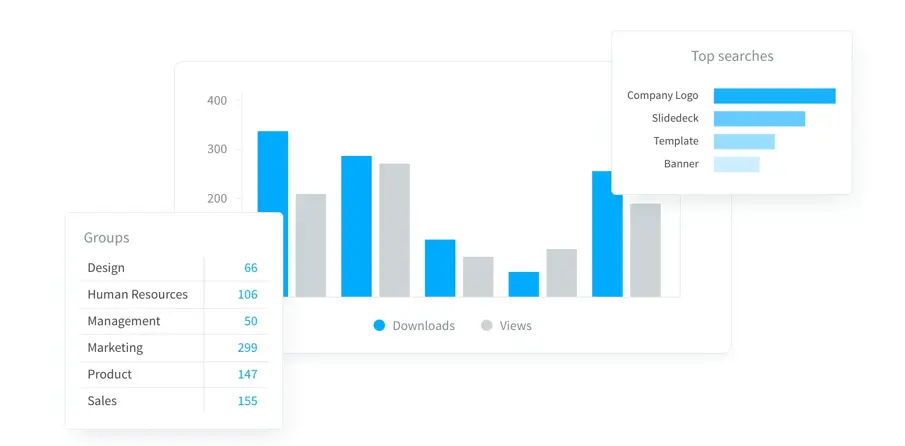
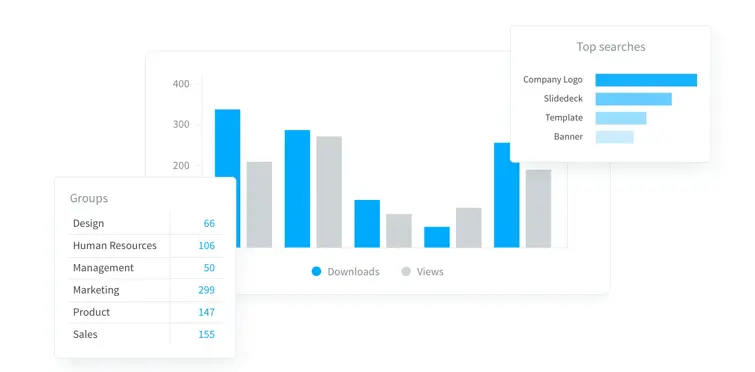
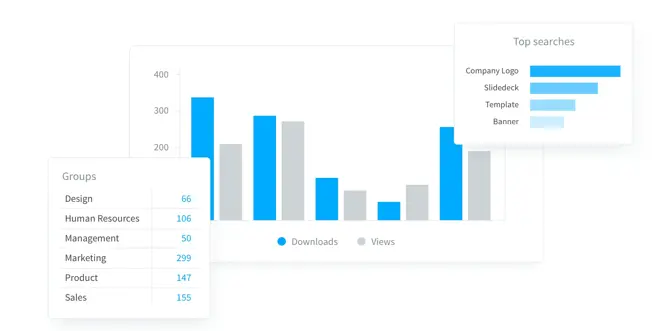
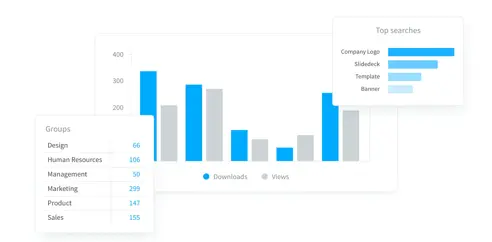
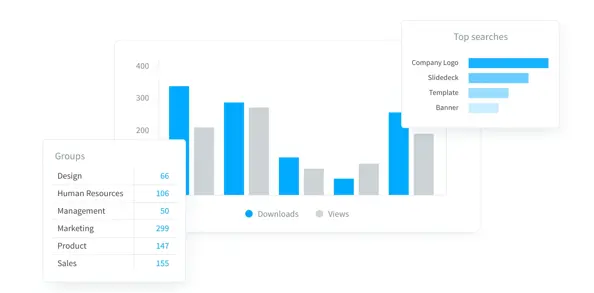
Constantly uploading, downloading, and uploading again?
Digital asset management should be the glue sticking the tech tools you use on a daily basis together for a more seamless experience. That way, there’s less downloads, and things progress smoother at every stage of the content lifecycle.
For example, maybe your current online file system does not integrate with your CMS. Having to download an image from your file system, only to upload the image back to your CMS is clearly not efficient—and while it may seem like a small thing, it takes its toll on productivity in the long-run.
So make sure your DAM requirements include integrations with the content applications that matter most to your organization. Explore Bynder's suite of DAM integrations.
Does the creation of on-brand images and videos take too long?
Today's DAM solutions typically offer more than just a space to store your stuff. They're becoming multi-modular suites that drive efficiency across your entire content lifecycle—including the creation of assets.
Creative automation tools enable teams to scale and automate the production of marketing assets such as digital ad banners, social media imagery, and branded videos. That way, you can create high-volume, on-brand, and personalized marketing materials in minutes—without needing technical design skills.
if you're looking for a faster way to create content without sacrificing your brand identity, learn more with The ultimate guide to creative automation: Time to create.
Why are clear digital asset management requirements so important?
Having a clear list of functional requirements is the first step on the road to realizing a positive DAM ROI.
But why? A clear set of DAM requirements will help you quickly whittle down the number of DAM vendors suitable for your situation, meaning you can shorten the buying process, and get software in place sooner to start dealing with your content pain points.
To compare vendors, check out our DAM comparison guide.
A comprehensive DAM requirement plan will also help the DAM vendor give you a proposal that’s more specific to your use case. After all, there’s no value in paying for costly software features that you don’t actually need. By only paying for features that will address your content pain points, you are bolstering the overall ROI of your DAM, which means more productivity for less money in the long run.
Book a demo to see if Bynder would suit your digital asset management requirements.











